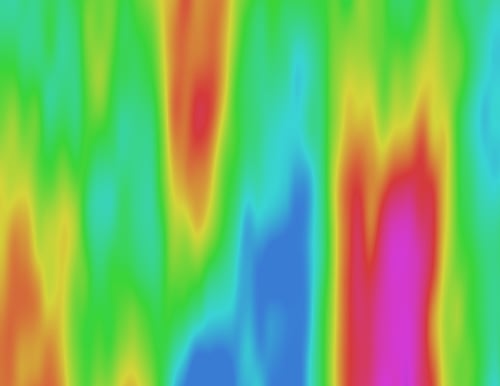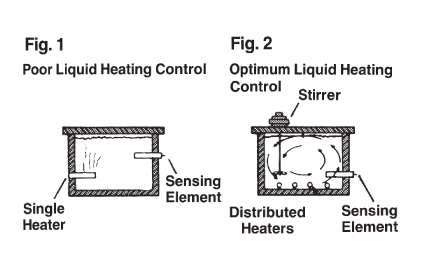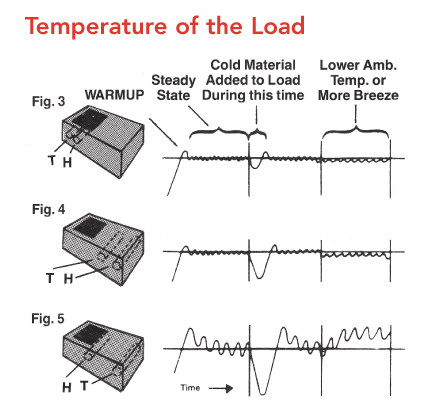Understanding the Design Variables that Contribute to Optimal Performance
A well-designed thermal system enables you to achieve precise temperature control, enhance your process, reduce energy loss, and maximize performance. As with any tool, the results you obtain depend upon how skillfully the system is designed. By following a few fundamental rules, you can avoid costly modifications and ensure your electric heating element operates at optimum capacity for efficient thermal control.
Thermal System Elements
Before embarking upon the design process, it’s important to have a clear idea of the objectives for the thermal system. Is the goal temperature control, energy efficiency, or a balance between the two? Gathering data such as temperature requirements, environmental conditions, and the heat load your system needs to handle provides a solid foundation for creating a successful thermal system.
Five elements contribute to how well a thermal system controls performance.
- Work (or load): The material or product which must be maintained at a controlled temperature.
- Heat Source: The device which delivers the heat used by the system, such as gas, oil, or electric heaters.
- Heat Transfer Medium: The material which transmits the heat from the heat source to the work.
- Temperature Sensor: The instrument which monitors temperature differences over time or between two junctions to determine stability or precise accuracy.
- Controller: The instrument which controls the heat flow, based upon the difference between sensed temperature and controller’s set point.
In addition, the physical setup of the system—such as the proper location of the heat sensor and workload, a good selection of the heat transfer medium, and use of reliable components—is essential to the development of a good thermal system.
Positioning the Sensor and Heating Element
In general, thermal systems are predominantly steady or variable. In a basic system design, with relatively steady heat demand, the controller sensing element should be placed close to the heat source. If the heat demand is largely variable, the controller should be placed near the work area.
A more complicated system may require exploring different sensing element locations before the right spot is found. The element should be closer to the area where a temperature change must be sensed, with minimum thermal lag (the delay in heat transfer from place to place in the thermal system).
The effect of various sensing element locations on the control of predominantly static or dynamic systems is illustrated in Figure 1. Liquid and gas systems require additional considerations, as seen in Figure 2. Because the heat demand is basically steady, the sensing element should normally be located close to and above the heat source to minimize system bandwidth. (Bandwidth is the total temperature variation above and below the average operating temperature measured at some point in the system).
In situations where the close grouping of the heater, sensing element, and work makes sense, this arrangement can provide excellent control and support frequent thermal load changes. The heat transfer paths from the work and heater to the thermostat are short, so that thermal lag is slight. (Figure 3)
Figure 4 illustrates a general-purpose configuration, with the sensor between the heater and the load. This works for situations in which the heat demand may be alternately steady and variable. The mid-point positioning allows the sensor to sense changes at the work and the heater without excessive lag in either instance.
In Figure 5, the heater is positioned at load, with the sensing element far from the heater. This arrangement is not recommended, as it causes excessive lag when the sensor responds to temperature changes. The arrangement illustrates how important it is to carefully position the heating element relative to the sensor for optimal control.
Designed for Performance
Designing a thermal system that performs efficiently, optimizes heat transfer, and meets your project goals is Backer Hotwatt’s specialty. As an industry leader dedicated to the design and manufacture of resistive heating elements for OEMs, we know how to help you achieve your objectives. By collaborating early in the design process, we will help you develop an efficient thermal heating system that best suits your application needs.
How can we help you with your next heating project? Contact an engineer today to set up an exploration consultation. We look forward to helping you soon.
